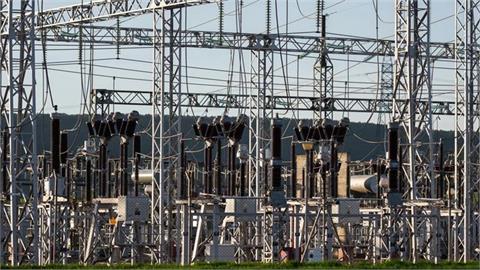The price of international benchmark Brent crude is set to climb to $70 a barrel in the third quarter of next year based on Friday's decision in which OPEC and its allies agreed to curb oil production by 1.2 million barrels per day (bpd), according to an expert on Monday.
"A production cut of 1.2 million bpd would tighten the oil market by the third quarter of 2019 and cause prices to rise back above $70 per barrel for Brent," Ann-Louise Hittle, vice president of macro oils at Wood Mackenzie, said in a note.
To balance the global oil market and push crude prices higher, the 15-member OPEC agreed Friday to trim its output by a total of 800,000 bpd.
Non-OPEC oil producing countries, which include Russia and nine other nations, will cut their total production by 400,000 bpd to contribute to the deal, whose implementation will begin on Jan. 1 for six months.
- Saudis' long-term goal
Prior to the OPEC meeting, there was much speculation as to whether Saudi Arabia would give in to pressure from U.S. President Donald Trump who thanked the kingdom on Nov. 21 for keeping prices low, and affirmed his support of Saudi Arabia despite the kingdom’s admission it murdered journalist Jamal Khashoggi.
OPEC's biggest and most influential producer, however, decided Friday to carry most of the burden for the organization by lowering its production by 500,000 bpd.
"Saudi Arabia has a long-term goal of managing the oil market to avoid the sharp falls and spikes which hurt demand and the ability of the industry to develop supply," Hittle said.
"On top of this, Saudi Arabia also needs higher oil revenues to fund domestic Saudi spending," she added. Caroline Bain, chief commodities economist at London-based Capital Economics, said in a note "... with Saudi Arabia taking the lead in the cuts, we do expect production to fall."
"What’s more, we could see persistent involuntary declines in output in Iran and Venezuela," she added.
Due to U.S. sanctions on Iranian exports, Tehran requested that OPEC exempt Iran from the production cut deal. Iran's request was granted along with Venezuela and Libya.
Russia, the biggest oil producer among non-OPEC, will curb its production by around 228,000 bpd, 2 percent of its 11.4 million bpd production level in October, Energy Minister Alexander Novak confirmed Friday.
Bain said output cuts of OPEC and its allies would remove most of the excess crude supply in the global oil market, but added "Russian output has soared recently and will remain at a high level even after the cut."
-U.S. oil on the rise
Although the two heavyweights Saudi Arabia and Russia will curb their output with OPEC and non-OPEC, the world's biggest crude producer U.S. is set to continue to pump oil at a record high level. Crude production in the U.S. climbed to an all-time high of 11.7 million bpd in mid-November and has stayed at that level since then.
With U.S. production poised to increase further, this could increase the glut of supply in the global oil market once again and push prices lower.
"... We expect a year-on-year increase of 2.4 million bpd in non-OPEC production as U.S. supply continues to gain sharply," Hittle said.
"That compares to our forecast for oil demand to increase by just 1.1 million bpd in 2019, leaving little room for a significant increase in OPEC production next year," she added.
-Weak demand on horizon
Global demand for crude oil faces the risk of a decline next year due to a lower forecast for global economic growth. The International Monetary Fund on Oct. 8 lowered its forecast for global economic growth for 2019 to 3.7 percent, from its earlier estimate of 3.9 percent in April.
"We continue to expect that slower economic growth will weigh on oil demand next year, which coupled with rapid growth in U.S. production, will put renewed downward pressure on prices," Bain concluded.
(Anadolu Agency)



